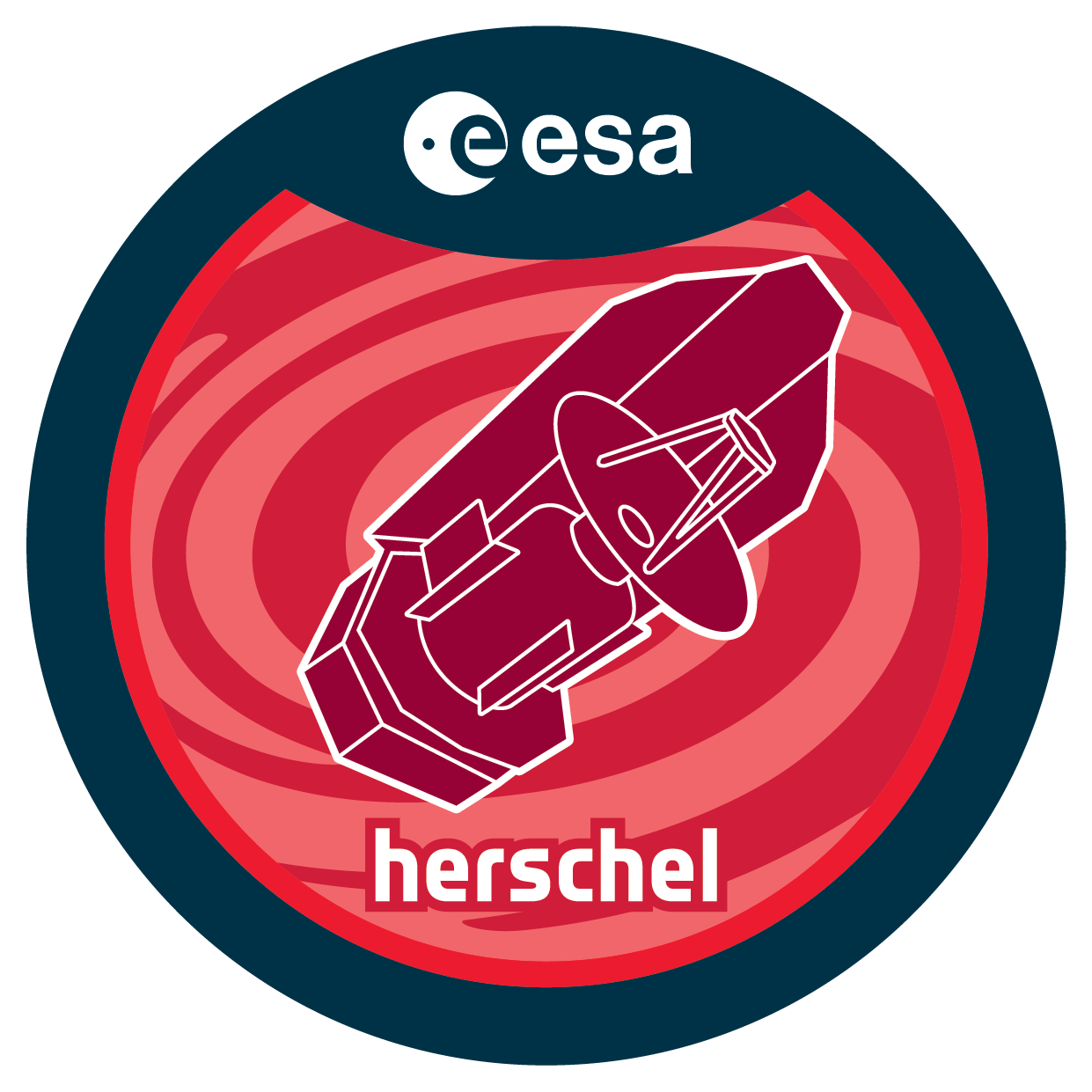

| Name | SDP_nevans_3 |
| Title | Dust, Ice, and Gas In Time (DIGIT) |
| URL | http://archives.esac.esa.int/hsa/whsa-tap-server/data?retrieval_type=OBSERVATION&observation_id=1342188037&instrument_name=PACS&product_level=LEVEL0&compress=true |
| DOI | https://doi.org/10.5270/esa-jahe6il |
| Author | evans, n. |
| Description | Dust, ice, and gas evolve as they move from envelopes of forming starsinto circumstellar disks where they can become the main buildingblocks of planets. Herschel-PACS is uniquely suited to trace thisevolution through broadband emission from dust, through specificfeatures of solids which reveal elemental composition and watercontent, and through spectral bands of the main icy components. Bothatomic and molecular lines, in particular the O I, H2O and OH lines,will be used to follow the gas, study the interchange between gas andice, and trace the oxygen budget. The gas and dust spectral featuresare at the same time excellent probes of macroscopic parameters, suchas temperature, UV and X-ray fields, density and thermal structuresof envelopes and disks, and dynamical mixing processes.Our sample covers sources with a range inevolutionary state from embedded objects with massive envelopes toweak-line T Tauri stars with dissipating disks, and with a range inluminosity, spectral type, and dust characteristics. Both our high S/NPACS full spectral range scans (complemented by Spitzer mid-IRspectral scans) and our targeted, deep gas-phase line measurementswill have lasting archival value. |
| Publication |
|
| Instrument | PACS_PacsRangeSpec_ |
| Temporal Coverage | 2009-12-11T03:55:45Z/2009-12-11T11:18:01Z |
| Version | SPG v14.2.0 |
| Mission Description | Herschel was launched on 14 May 2009! It is the fourth cornerstone mission in the ESA science programme. With a 3.5 m Cassegrain telescope it is the largest space telescope ever launched. It is performing photometry and spectroscopy in approximately the 55-671 µm range, bridging the gap between earlier infrared space missions and groundbased facilities. |
| Creator Contact | https://support.cosmos.esa.int/h®erschel/ |
| Date Published | 2010-01-20T08:53:27Z |
| Last Update | 2025-01-24 |
| Keywords | Herschel, HSC, submillimetre, far-infrared, HIFI, PACS, SPIRE |
| Publisher And Registrant | European Space Agency |
| Credit Guidelines | European Space Agency, evans et al., 2010, 'Dust, Ice, and Gas In Time (DIGIT)', SPG v14.2.0, European Space Agency, https://doi.org/10.5270/esa-jahe6il |